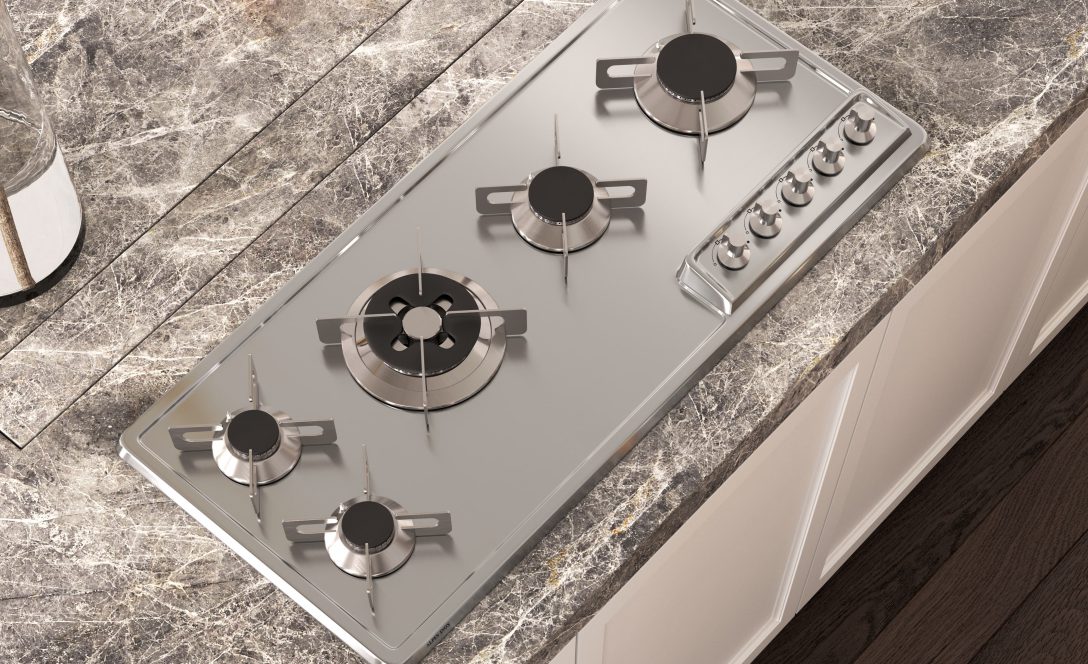Photoshoot vs CGI scene

Traditionally a photoshoot was a standard requirement for any consumer goods manufacturer when it came to marketing their product. The need to show their product in situ is vital, especially for lifestyle orientated products.
Traditionally this required a scene to be created for the item to be set in. The costs associated with doing this would be considerable. For example if a company is aiming to market their kitchen faucet it needs to be shown in context within a kitchen. For the photoshoot this requires a mock up kitchen to be constructed within a photography studio (to get perfect lighting conditions). A complete kitchen is required, so that the faucet can be photographed from all angles. That means cabinets, worktops, draws, flooring, tiling, splashbacks, appliances, light fixtures, etc. All of these elements need to be included within the room and setup in a certain way to give the best aesthetic to the space.
Once the scene has been set then the photographer can take the photos based on agreed angles and cameo views. Once this is complete the photos can be touted up and made ready for marketing. The mocked up kitchen is deconstructed and the studio cleared fo the next project. However if several weeks later, during the marketing process something changes and the scene needs to be altered then the only real option is to remake the whole kitchen scene and possibly retake all of the images again. In effect doubling the already high cost for the marketing shoot.
Not with a CGI there is none of this, the rooms and all of its constituent elements can be created and combined in a virtual 3D environment. Placement of items can be tweaked endlessly, colours and finishes can be altered. Cameo angles can be changed, lighting conditions can be modified. And if there are changes to items within the scene after a few weeks then that isn’t a problem, the scene is saved and can be recalled and edited as needed. Tiles can be changed, flooring can be updated, cabinet colours can be changed.
The beauty of the CGI scene is that is can be edited almost endlessly to accommodate for what is required. Therefore a single scene can be used to market several products.
Going back to the faucet example, the kitchen can be setup one way for a certain faucet design, and then colours and textures of the kitchen can be changed to make it look like a totally different kitchen. This can then be used to produce even more marking shots of the same faucet, or the faucet can be changed to a different design in the range.